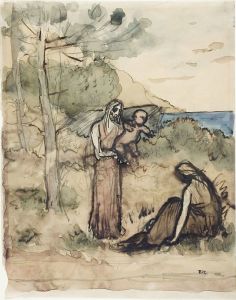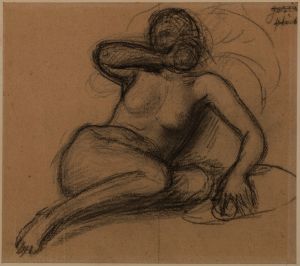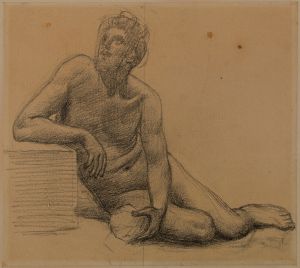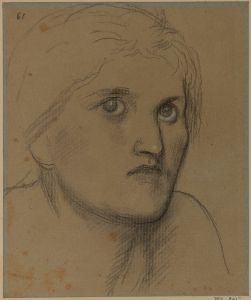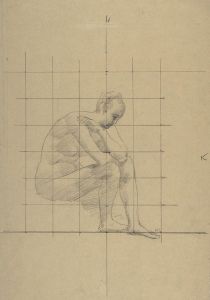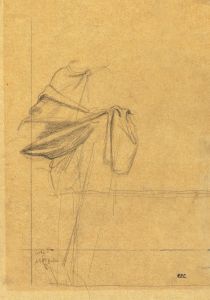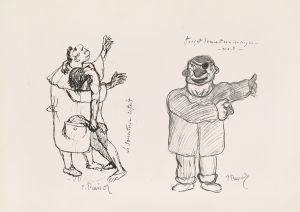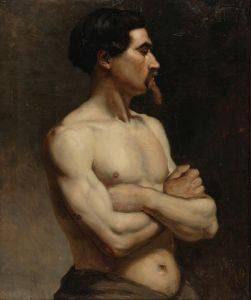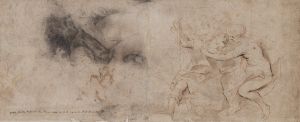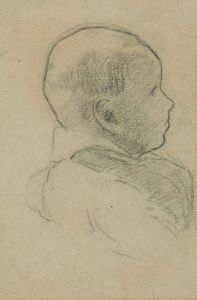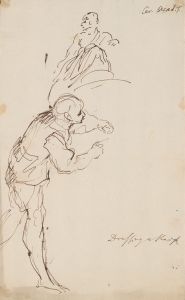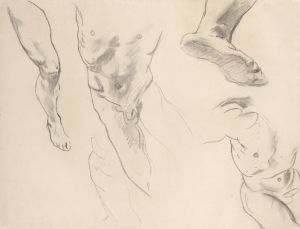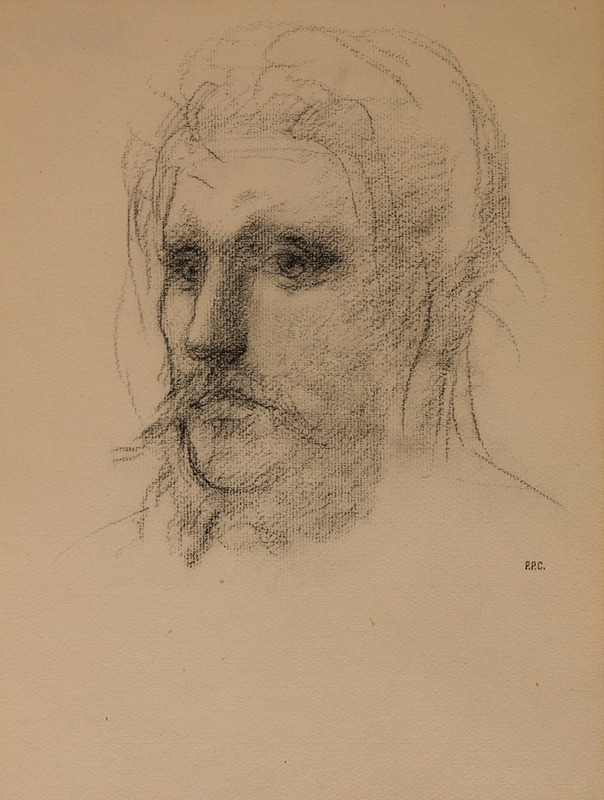
Portrait d’homme
A hand-painted replica of Pierre Puvis de Chavannes’s masterpiece Portrait d’homme, meticulously crafted by professional artists to capture the true essence of the original. Each piece is created with museum-quality canvas and rare mineral pigments, carefully painted by experienced artists with delicate brushstrokes and rich, layered colors to perfectly recreate the texture of the original artwork. Unlike machine-printed reproductions, this hand-painted version brings the painting to life, infused with the artist’s emotions and skill in every stroke. Whether for personal collection or home decoration, it instantly elevates the artistic atmosphere of any space.
Pierre Puvis de Chavannes, a notable French painter of the 19th century, is renowned for his mural paintings and his significant influence on the Symbolist movement. One of his lesser-known works is "Portrait d’homme" (Portrait of a Man), which exemplifies his unique style and approach to portraiture.
Pierre Puvis de Chavannes was born on December 14, 1824, in Lyon, France. He initially pursued a career in engineering but eventually turned to painting, studying under Eugène Delacroix and Thomas Couture. His work is characterized by its serene and contemplative qualities, often featuring allegorical themes and a muted color palette.
"Portrait d’homme" is a fine example of Puvis de Chavannes' portrait work, though it is not as widely recognized as his large-scale murals. The painting depicts a man, whose identity remains unknown, rendered with a sense of calm and introspection. The subject's expression is thoughtful, and the composition is simple yet effective, focusing on the sitter's face and upper body.
The background of the portrait is typically subdued, a common trait in Puvis de Chavannes' work, which allows the viewer to concentrate on the subject without distraction. The use of light and shadow in the painting is subtle, enhancing the three-dimensionality of the figure and adding depth to the overall composition.
Puvis de Chavannes' technique in "Portrait d’homme" reflects his broader artistic philosophy. He often sought to convey a sense of timelessness and universality in his work, avoiding the detailed realism that characterized much of the portraiture of his contemporaries. Instead, he favored a more idealized and harmonious representation, which can be seen in the gentle modeling of the subject's features and the restrained color scheme.
Throughout his career, Puvis de Chavannes received numerous commissions for public buildings, including the Panthéon in Paris and the Boston Public Library in the United States. His influence extended beyond his lifetime, impacting artists such as Georges Seurat, Paul Gauguin, and the Nabis group.
"Portrait d’homme" is housed in the Musée d'Orsay in Paris, a museum known for its extensive collection of 19th-century art. The painting is part of the museum's effort to showcase the diversity of Puvis de Chavannes' oeuvre, highlighting not only his monumental murals but also his more intimate works.
In summary, "Portrait d’homme" by Pierre Puvis de Chavannes is a testament to the artist's skill in portraiture and his distinctive approach to painting. The work captures the essence of the subject with simplicity and elegance, reflecting Puvis de Chavannes' broader artistic vision. While not as famous as his large-scale murals, this portrait remains an important piece within his body of work, offering insight into his technique and artistic philosophy.





